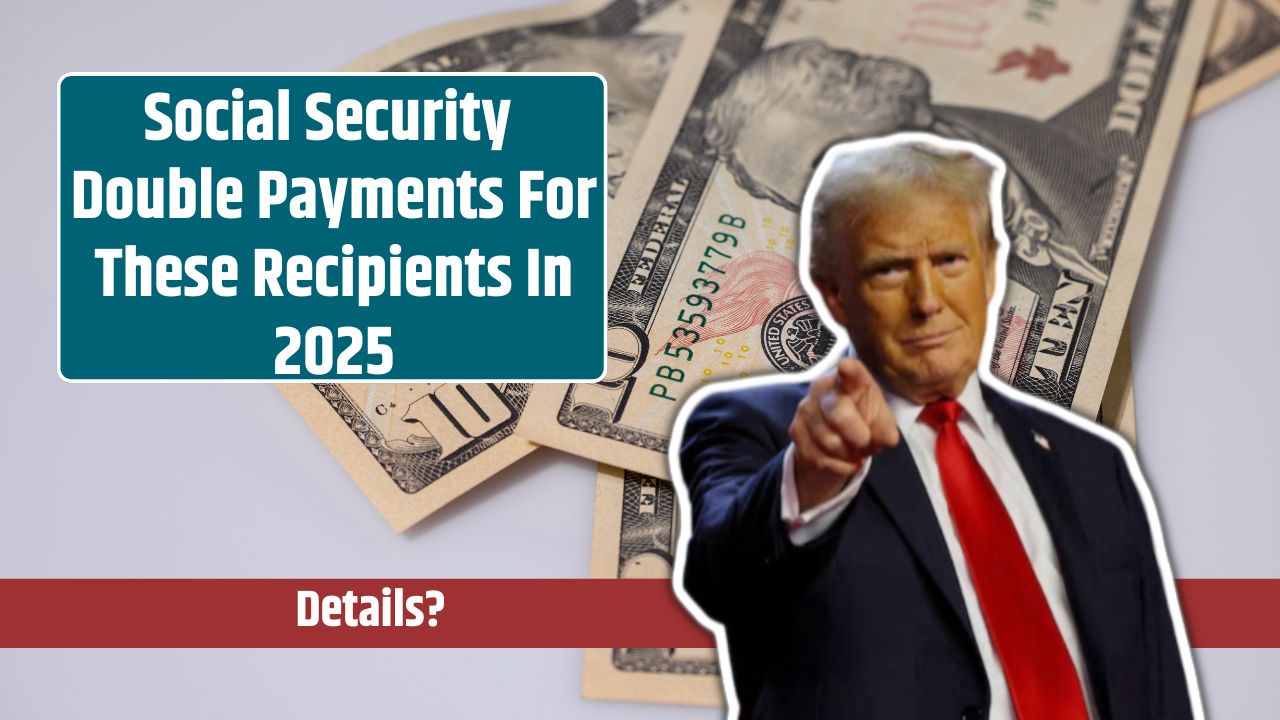In 2025, Social Security will issue double payments to Supplemental Security Income (SSI) recipients in certain months due to holidays and weekends.
While this might sound like extra money, these payments are advance disbursements for the following month, ensuring recipients receive their funds on time.
Let’s explore why this happens, which months are affected, and how to manage these payments effectively.
Why Double Payments Occur
The Social Security Administration (SSA) aims to prevent delays caused by federal holidays or weekends.
When the 1st of the month, the standard payment date, falls on a non-business day, the SSA sends the payment on the last business day of the prior month.
This results in two payments appearing in one month—but the second payment is for the following month.
For example, if you receive a payment on December 31, 2025, it’s intended for January 2026. Recognizing this timing is key to managing your finances and avoiding overspending.
Months with Double Payments in 2025
The SSA has outlined four months in 2025 where SSI recipients will receive double payments:
| Month | First Payment | Second Payment | Purpose of Second Payment |
|---|---|---|---|
| May | May 1, 2025 | May 30, 2025 | For June 2025 expenses |
| August | August 1, 2025 | August 29, 2025 | For September 2025 expenses |
| October | October 1, 2025 | October 31, 2025 | For November 2025 expenses |
| December | December 1, 2025 | December 31, 2025 | For January 2026 expenses |
Example Scenario: Understanding Double Payments
Let’s say you receive $943 in SSI benefits each month:
- August 2025:
- Payment 1: $943 on August 1, 2025 (for August expenses).
- Payment 2: $943 on August 29, 2025 (for September expenses).
If you treat both payments as August income, you may face financial strain in September, as the next payment won’t arrive until October 1. Planning ahead ensures stability.
Managing Finances During Double Payment Months
Double payments can disrupt your budgeting if not handled carefully. Follow these tips to stay on track:
1. Recognize Payment Purpose
Treat the second payment as the next month’s income. For instance, the October 31, 2025 payment should be used for November’s expenses, not as extra money for October.
2. Create a Budget
Set a clear monthly budget to align spending with payment schedules. For example:
| Expense | Allocation from Payment |
|---|---|
| Housing (Rent) | $500 |
| Groceries | $250 |
| Utilities | $100 |
| Miscellaneous | $93 |
3. Use Financial Tools
Apps like Mint or YNAB can help track your spending and ensure the early payment doesn’t disrupt your financial plans. These tools allow you to categorize expenses and set reminders for upcoming payments.
4. Mark Important Dates
Stay aware of double payment months by marking your calendar or setting phone alerts. This prevents confusion and ensures you’re prepared to allocate funds appropriately.
5. Seek Professional Guidance
If managing double payments feels overwhelming, consult a financial advisor or SSA representative. They can offer tailored advice to help you budget effectively and maximize your benefits.
Planning Ahead for Financial Stability
Double payments may seem like a windfall, but they’re designed to maintain continuity in your benefits. By understanding the payment schedule and planning ahead, you can avoid financial stress and ensure your expenses are covered month-to-month.
Keep track of the affected months—May, August, October, and December—and use budgeting tools to stay on top of your finances.
















